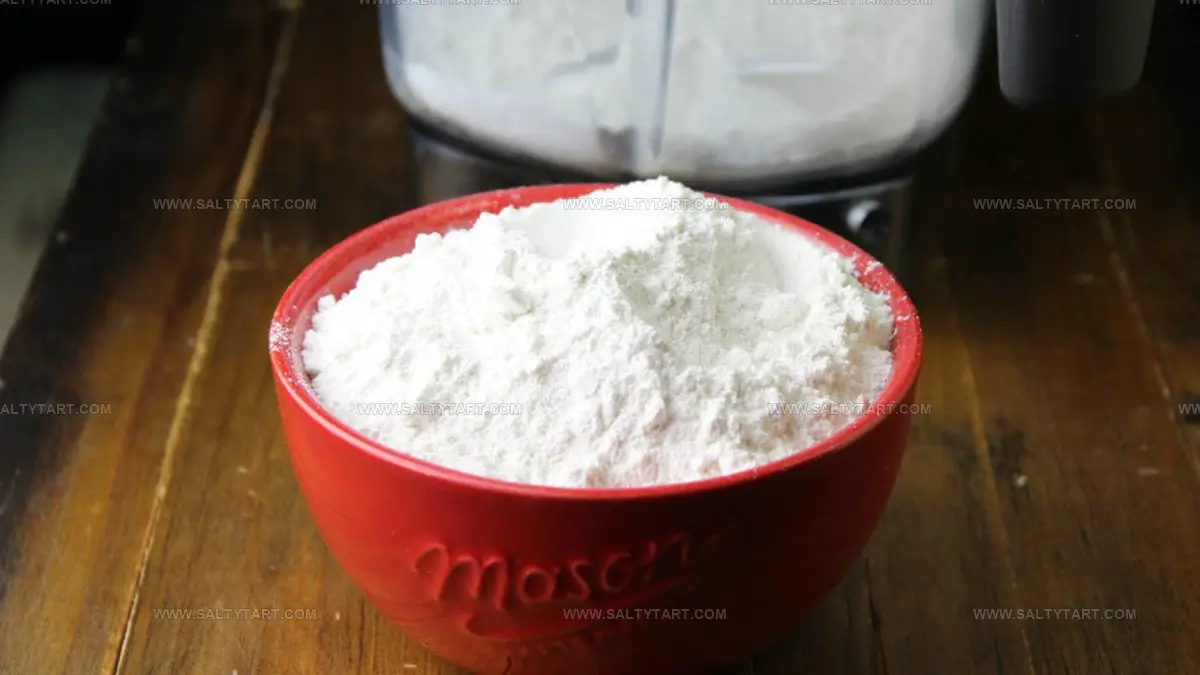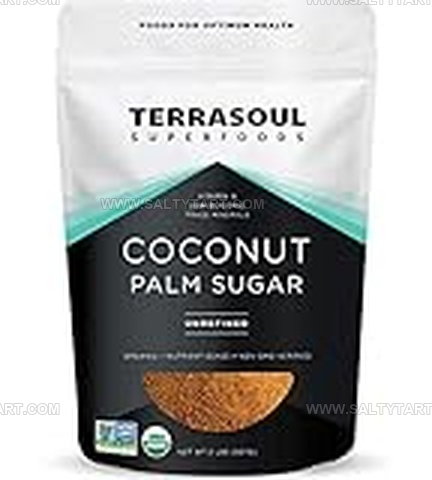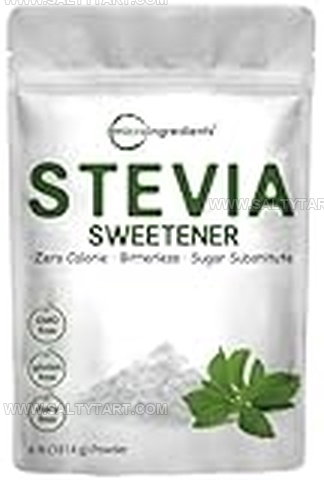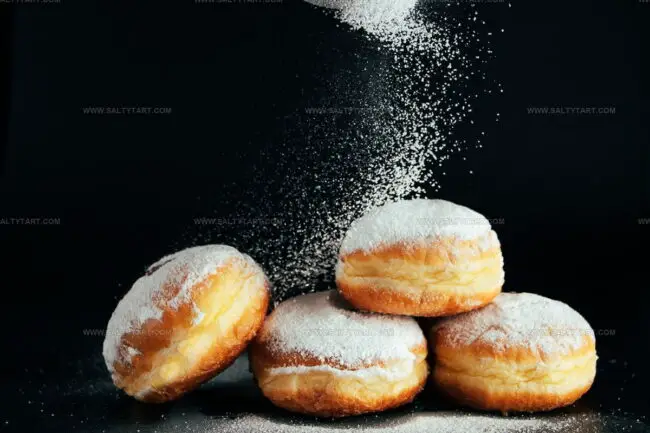3 Healthier Ways to Replace Powdered Sugar
Powdered sugar is a key ingredient in frostings and delicate desserts, but those seeking healthier options have several alternatives.
Natural sweeteners like erythritol, coconut sugar, or finely ground stevia powders can provide similar sweetness with fewer calories or lower glycemic impact.
Blending these substitutes with a small amount of cornstarch helps replicate powdered sugar’s fine texture.
Some alternatives add unique flavor notes, which can enhance certain recipes.
Understanding how each substitute interacts in baking or icing ensures the best results.
These healthy options allow you to enjoy sweet treats with less guilt and more nutritional benefits.
Discover effective powdered sugar substitutes that keep your desserts delightful and wholesome.
Healthier Powdered Sugar Alternatives
Powdered sugar alternatives offer sweet, light options that keep baked goods perfect without extra calories. Some bring unique textures or flavors to the mix. Plenty of tasty swaps are ready to sweeten your treats.
Powdered Coconut Sugar
Terrasoul's organic coconut sugar stands out as a perfect 1:1 replacement for refined white sugar in all your cooking and baking needs.
The USDA certified organic, kosher, non-GMO, gluten-free, and vegan-friendly product offers a healthier alternative with its low glycemic properties and natural trace minerals.
For coffee and tea lovers, this unrefined sweetener adds delicious flavor without causing the typical sugar spike that comes with regular sugar.
Terrasoul sources only the freshest, highest-quality superfoods while ensuring fair wages for growers and employees.
Dry Milk Powder
Dry milk powder is simply milk that’s had all its water removed, leaving behind concentrated dairy solids rich in protein, calcium and other nutrients.
When you need the fine, dust-like texture of powdered sugar to thicken or stabilize frostings, whipped toppings or dry mixes; but want to cut back on pure sucrose, you can swap in part or all of the powder with dry milk.
It adds body and a subtle creamy sweetness without spiking blood sugar the way straight powdered sugar does, and its protein content helps improve texture and mouthfeel.
Because it contains virtually no added sugar, using dry milk powder lets you reduce overall sweetener by up to half while still achieving a smooth, scoopable consistency.
Artificial Sweeteners
Artificial sweeteners like erythritol, stevia, or monk fruit powder can replace powdered sugar in recipes while slashing calories and minimizing blood-sugar spikes.
Because they’re intensely sweet yet contain little to no digestible carbs, you can achieve the same level of sweetness with far fewer calories; erythritol is about 70% as sweet as sugar by volume, and stevia or monk fruit extracts are hundreds of times sweeter, so you’ll use only a fraction of the amount.
Look for granular or powdered versions formulated for baking so they dissolve smoothly, and start by substituting 1:1 with erythritol-based mixes or by adapting to sweetness by taste when using stevia/monk fruit blends.
Can Liquid Sweeteners Replace Powdered Sugar In Dusting Or Decorative Uses?
Liquid sweeteners generally aren’t suitable replacements for powdered sugar when it comes to dusting or decorating because they lack the dry, fine texture that creates a light, even coating.
Powdered sugar adheres well to surfaces and provides a subtle sweetness without adding moisture, which is essential for maintaining the appearance and texture of baked goods like cakes, cookies, and pastries.
Using liquid sweeteners instead would result in a sticky, uneven finish that could affect both look and texture. For decorative purposes, finely ground natural sugars - such as powdered coconut or date sugar - can sometimes work as alternatives if texture and color are considered.
Does Using Coconut Or Date Sugar Powder Affect Moisture In Recipes?
Using coconut or date sugar powders can affect the moisture content and texture of your baked goods because these natural sugars often retain more moisture than refined powdered sugar.
Their granule size is usually coarser, which means they may absorb liquids differently, impacting the consistency of your batter or dough. This can sometimes result in a denser or moister final product compared to using traditional powdered sugar.
Because of these differences, it’s important to pay close attention to the texture of your mixture when substituting coconut or date sugar powder. You may need to adjust the amounts of liquid or dry ingredients to achieve the desired balance and maintain the right consistency.
Additionally, the coarser granules might not dissolve completely during baking, which can slightly affect the crumb structure and mouthfeel of your finished recipe.







Mike Reynolds
Founder & Recipe Developer
Expertise
Farm-to-table cuisine, Seasonal recipe development, Sustainable cooking techniques, Food photography
Education
Asheville-Buncombe Technical Community College (A-B Tech)
Associate Degree in Culinary Arts
Mike studied culinary arts with a strong focus on farm-to-table principles and sustainable cooking. His training emphasized the importance of fresh, local ingredients and environmentally responsible practices in the kitchen.
Mike’s food journey began deep in the Blue Ridge Mountains, where weekends at farmers’ markets and home-cooked meals sparked a lifelong obsession with simple, seasonal eating.
After earning his Associate Degree in Culinary Arts from Asheville-Buncombe Technical Community College, he set out to bring farm-to-table cooking into everyday kitchens, without the fuss.
Mike’s philosophy is all about keeping it fresh, unfussy, and full of heart. When he’s not crafting new single-serving recipes, he’s hiking mountain trails, chatting with local farmers, or experimenting with wild ingredients in his backyard kitchen.